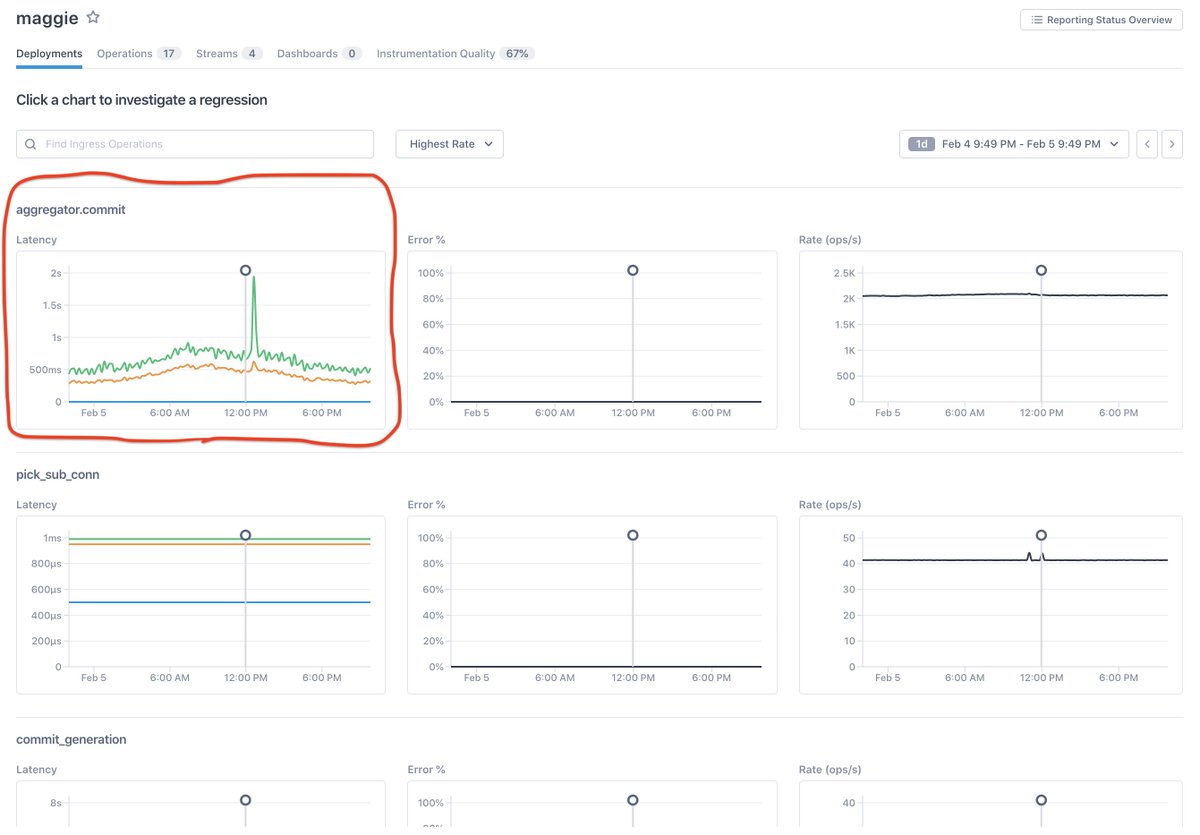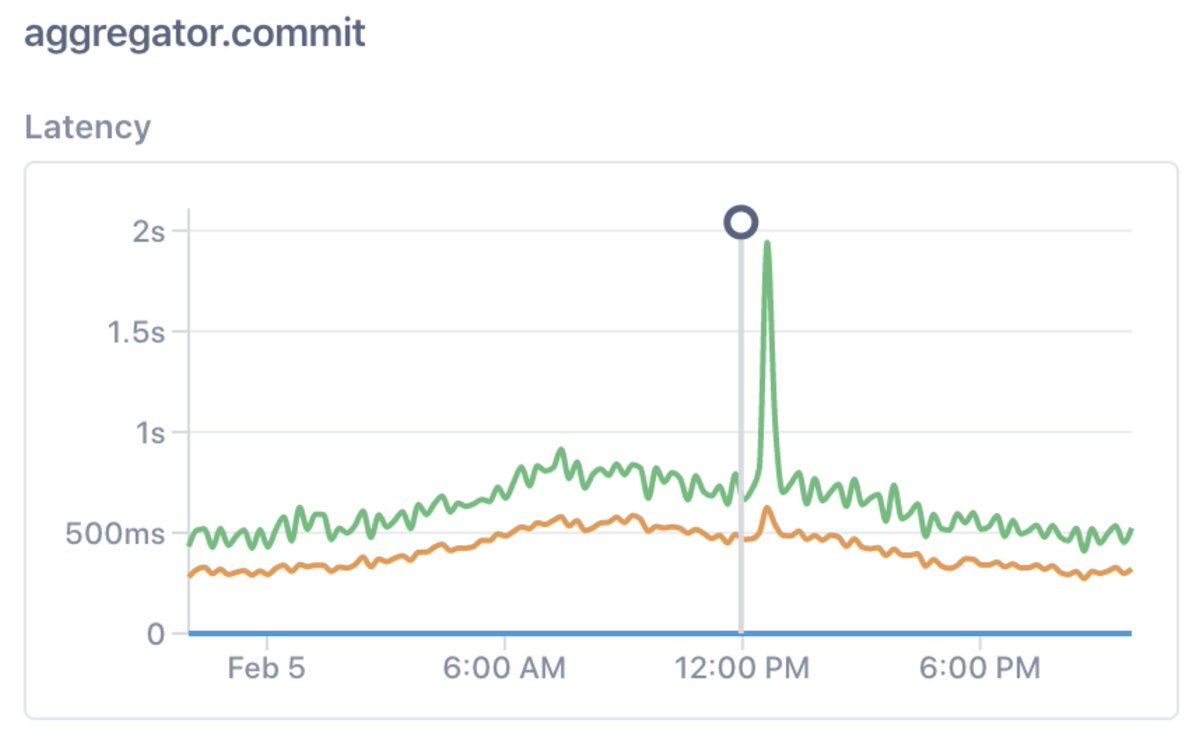This analysis needs to consider the *entire* deep system (and its many layers), not just the “maggie” service. Historically, this was a painful, manual process. Here, it’s not!
But it’s not about that: it’s about the end-user clicking on something that looked wrong, and observability that can explain why.






















